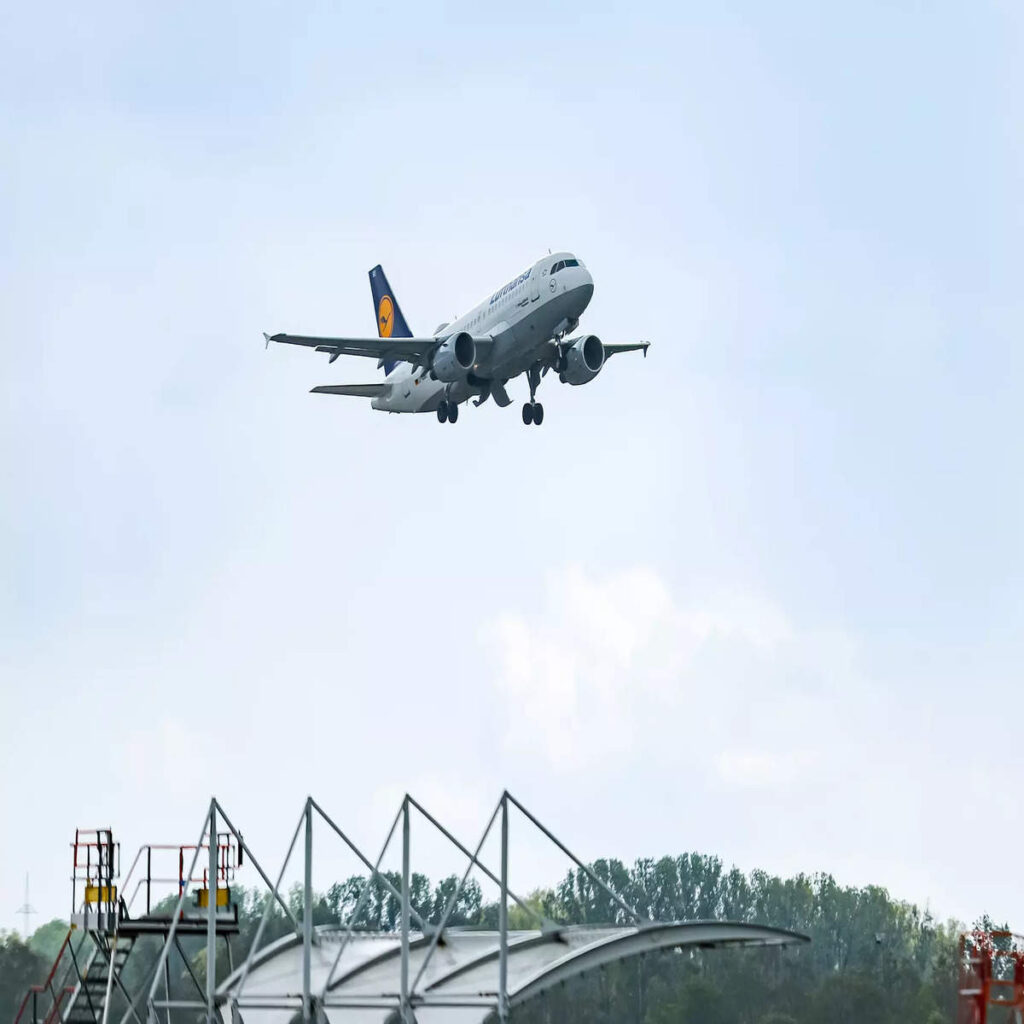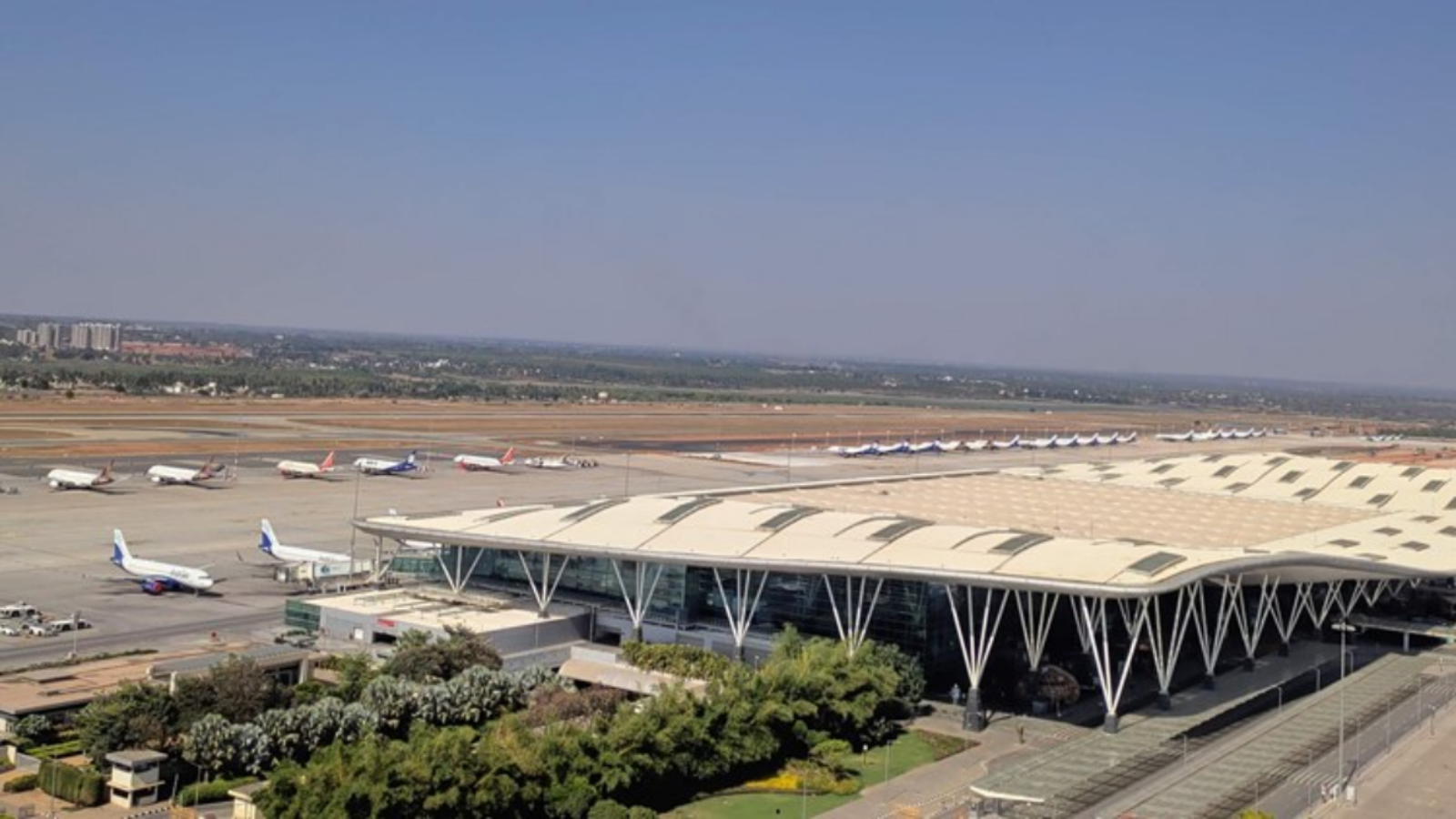Introduction to the need for a second airport in Bengaluru

Bengaluru, the bustling metropolis known for its tech hub status and vibrant culture, is gearing up for a game-changing decision – the selection of a site for its second airport. As air traffic continues to soar and the current Kempegowda International Airport operates at near-capacity, the need for an additional airport has become undeniable. The upcoming meeting to determine the location of this new facility is poised to shape not just the city’s infrastructure but also its future growth trajectory. Let’s delve into what lies ahead in this exciting development!
Current situation and plans for the second airport
With Bengaluru’s current Kempegowda International Airport facing congestion issues due to increasing air traffic, the need for a second airport has become imperative. The existing airport is reaching its capacity limits, causing delays and inconvenience to passengers. To address this challenge, the government is actively considering options for the location of the second airport.
Various stakeholders including aviation experts, urban planners, and residents are involved in discussions regarding the new airport. Concerns such as accessibility, environmental impact, and infrastructure development are being carefully considered in the planning process. Potential locations for the second airport are under evaluation based on factors like land availability, connectivity to city center, and feasibility of expansion.
The government aims to make a decision soon on the site for Bengaluru’s second airport with plans underway for construction and development. Stay tuned as we unveil more updates on this crucial project that will shape Bengaluru’s future aviation landscape!
Stakeholder involvement and concerns
Stakeholder involvement is crucial when deciding on the site for Bengaluru’s second airport. Various parties, including residents, businesses, and environmental groups, will have a vested interest in the project.
Local communities may be concerned about increased noise pollution or disruptions to their way of life. Businesses will want to ensure that the new airport location supports economic growth and accessibility. Environmental groups will prioritize sustainable development and protection of natural habitats.
Engaging with stakeholders early in the decision-making process can help address concerns and find solutions that benefit everyone involved. It’s essential to listen to all perspectives and collaborate to create a plan that considers the needs of each group.
By involving stakeholders from the beginning, potential conflicts can be identified and mitigated before they escalate. Transparency and open communication are key to building trust and support for such a significant infrastructure project like a new airport in Bengaluru.
Potential locations for the second airport
As the debate on selecting the site for Bengaluru’s second airport heats up, there are several potential locations being considered. One of the options is to develop it near the city outskirts to ease congestion at Kempegowda International Airport. Another proposal suggests building it closer to tech hubs like Electronic City or Whitefield for better connectivity.
On the other hand, some experts advocate for a location in areas like Devanahalli or Hoskote due to their proximity to major highways and existing infrastructure. Additionally, placing the airport in these regions could spur economic growth and development in surrounding areas.
However, concerns have been raised about environmental impact and land acquisition challenges in certain proposed locations. Balancing these factors will be crucial in determining the most suitable site for Bengaluru’s second airport.
Advantages and challenges of each location
One potential location for the second airport in Bengaluru is on the outskirts of the city. This site offers ample space for expansion and minimal disruption to current urban areas. However, it may require significant investment in infrastructure to connect it to the city center efficiently.
Another possible location is closer to the existing airport, which could streamline operations between the two facilities. Yet, this proximity might lead to increased air traffic congestion and noise pollution in surrounding neighborhoods.
A third option could be constructing the new airport further away from residential zones but closer to major highways for easier access. While this choice may reduce noise complaints, it could also result in longer commute times for passengers and staff.
Each location comes with its set of advantages and challenges that need careful consideration before a final decision is made by stakeholders involved in choosing Bengaluru’s second airport site.
Government’s decision and timeline for construction
The government’s decision on the site for Bengaluru’s second airport is eagerly awaited by stakeholders across the city. Once the location is finalized, the next crucial step will be setting a timeline for construction to begin. This timeline is essential to ensure that the airport project progresses efficiently and meets its completion deadlines.
Factors such as land acquisition, environmental clearances, and infrastructure development will play a significant role in determining how soon construction can commence. The government will need to work closely with various agencies and departments to streamline processes and minimize delays.
A transparent and well-structured timeline will not only provide clarity to all involved parties but also instill confidence in the public about the project’s progress. Additionally, adhering to a realistic schedule will help in managing costs effectively and ensuring that the airport serves its purpose within a reasonable timeframe.
Stay tuned for updates on when construction is set to kick off and how this milestone impacts Bengaluru’s aviation landscape!
Impact on the city and its residents
As the meeting to decide on the site for Bengaluru’s second airport approaches, it is evident that this development will have a significant impact on the city and its residents. The new airport will not only alleviate congestion at Kempegowda International Airport but also boost economic growth by attracting more businesses and tourists to the region.
However, it is crucial for stakeholders to consider factors such as environmental impact, accessibility, and infrastructure development when finalizing the location of the second airport. By addressing these concerns proactively, Bengaluru can ensure sustainable growth while enhancing its reputation as a major aviation hub in India.
With careful planning and collaboration between government agencies, private investors, and local communities, the construction of the second airport in Bengaluru has the potential to transform the city’s landscape positively. It is an exciting time for Bengaluru as it paves the way towards a brighter future with enhanced connectivity and economic opportunities for all its residents.
To know more visit: https://travelyas.com

